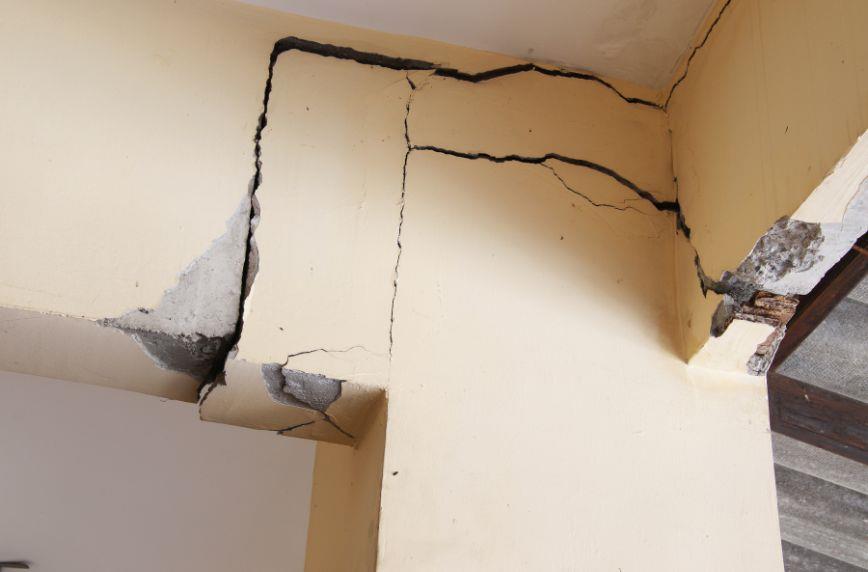Your home is your sanctuary, and ensuring its structural integrity is essential for your peace of mind and the safety of your family. So, when your home starts developing damage, it’s vital that you act right away. However, recognizing the early indicators of structural damage can be difficult for homeowners. We will discuss some common signs of structural damage in your home that you should watch out for to preserve and maintain its value.
Cracking or Bowing Walls
The first telling sign to be on the lookout for is the presence of cracking or bowing walls. These can be a result of foundation settlement, water damage, or even improper construction. If you notice horizontal, vertical, or diagonal cracks, especially if they're wider than a quarter inch, it may indicate a more severe issue that requires professional assistance. Keep an eye out for bowing walls, as this is another indication of potential structural problems.
Trees Planted Close to the Foundation
Trees can enhance the beauty of your property, but they can also cause structural problems if planted too close to your home's foundation. Tree roots can extend far beyond the tree's canopy, leading to potential damage as they grow and expand underneath your foundation. There are several other ways tree roots can damage your home as well. Because of this, even if you haven’t noticed issues yet, there may be a pressing problem just below the surface. In these cases, consult with a professional arborist to determine the best course of action.
Uneven Floors and Gaps in Doors or Windows
Sloping or uneven floors, as well as gaps around doors or windows, can be indicative of weakened home framing. This may be due to settling, moisture issues, or a shifting foundation. If you feel a noticeable slope in your flooring or have difficulty opening and closing doors or windows, it's time to investigate further and possibly reach out to a professional to assess the situation.
Moisture in Basements or Crawl Spaces
Another common sign of structural damage in your home is the frequent presence of moisture. A high level of moisture can cause structural decay in the form of wood rot, mold growth, and the weakening of construction materials. Ensure your home has proper drainage systems and adequate ventilation to keep moisture-related issues at bay.
Insect or Pest Infestations
Additionally, if you notice an increase in the pest population near or in your home, you might have undiagnosed damage. In search of food, these lifeforms seek out potential entrances, whether it be a crack or a larger fissure. The more insects or pests you see inside your home, the more likely it is that there’s a weakened area of the exterior that’s letting them in. So keep track of how often you find pests in your house and always note where they seem to appear.
Monitoring your home for signs of structural damage is vital, as early detection can save you time, stress, and money. If you notice the issues here, consult a professional to assess the situation and recommend the best course of action. A well-maintained home is a safe and happy home, which is something any homeowner can appreciate.
Are You a Professional?
Requests for your services are coming in left and right. Let’s connect and grow your business, together.


